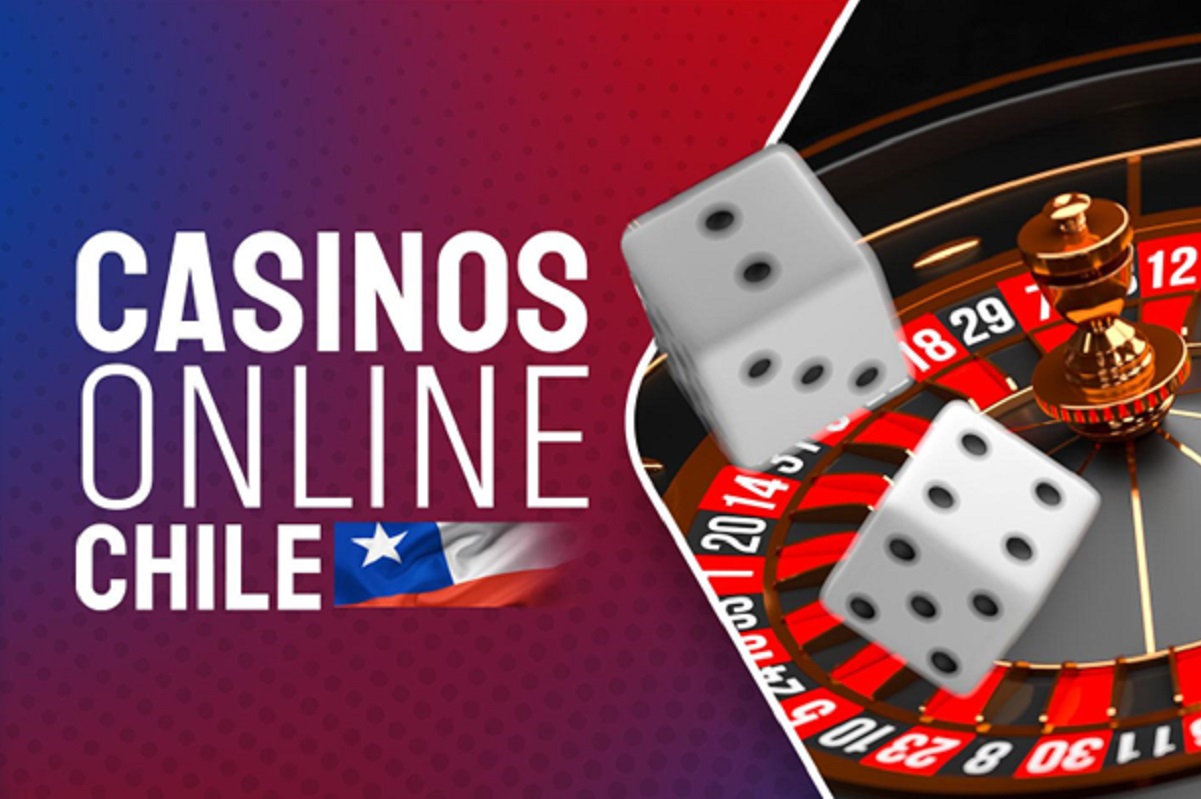The sphere of casino games has long captivated participants with its combination of excitement, strategy, and the excitement of chance. As technology advances and the gambling landscape transforms, an new approach known as game-based learning has begun to reshape the way we engage with these traditional games. https://mm88.vin/ By incorporating game-like elements such as competition, rewards, and progress tracking, gamification raises player involvement and transforms the traditional casino environment into a more dynamic and engaging environment.
This approach in gambling entertainment not only appeals to experienced players but also draws in a fresh group of participants who crave a much immersive experience. Featuring elements that promote participation and build community among players, the game-based features infuse fresh energy into cherished classics like poker, 21, and fruit machines. As we delve deeper into this phenomenon, we will investigate how this trend is transforming the casino atmosphere, making it more accessible, entertaining, and rewarding for all involved.
Grasping Game Elements
Gamification refers to the utilization of game-like features in real-world environments to enhance player involvement and experience. In the realm of gaming, this concept has achieved considerable momentum, transforming conventional gaming into a much engaging and fulfilling adventure. By incorporating elements such as scores, stages, and rewards, casinos can create an ecosystem that encourages players to engage more frequently and for extended periods.
At the heart of gamification is the want to leverage the intrinsic drives of players. Casino games that employ gamification methods are crafted to not only amuse but also to encourage competition and achievement. Players are often attracted to the immediate feedback and advancement monitoring that these elements provide. This not only retains them involved but also fosters a notion of achievement as they attain milestones and access new elements.
Furthermore, gamification can improve social engagement among players, creating a social atmosphere that improves the pleasure of casino games. Features such as leaderboards, group contests, and teamwork activities allow players to engage with others, exchange experiences, and compete in a good-natured manner. This social aspect adds an extra dimension to the gaming experience, rendering it even more engaging and satisfying for gamers.
Influence on Gamer Involvement
Gaming techniques methods in gaming establishments have remarkably altered the way users connect with their preferred games. By including features such as incentives, scoreboards, and trophies, casino operators create an setting that fosters a deeper bond between gamers and the experiences they love. This increased engagement results to prolonged gaming periods and boosted player commitment, as gamers strive to achieve new levels or obtain exclusive rewards.
Moreover, the social component of gamified casino games cannot be ignored. Numerous platforms allow gamers to battle against others or fellow players, which adds a dimension of thrill and camaraderie. This contest drives engagement by appealing into players’ desire to win, motivating them to return for additional in order to improve their ranking or demonstrate their achievements. As a result, the community engagement foster a sense of togetherness that motivates users coming back.
Furthermore, the prompt feedback and validation provided by interactive features serve to inspire players. Whether it be a alert of a additional milestone or the joy of earning a bonus, these quick recognitions play a essential role in maintaining attention. By regularly rewarding users for their actions, casino games become more than just a pastime; they develop into an engaging activity that entices players and improves their pleasure.
Trends in Casino Game Design

The landscape of gambling game design is regularly evolving, driven by technological advancements and shifting player preferences. One notable trend is the integration of interactive technologies, such as virtual reality and AR reality, to enhance the gaming experience. Such technologies create a more engaging environment, enabling players to feel as though they are in a physical casino, which can lead to longer play sessions and increased player satisfaction.
Another trend is the inclusion of storytelling elements into casino games. Game designers are focusing on storytelling to create a deeper connection between the player and the game. This narrative-driven approach not only makes the games more enjoyable but also motivates players to engage emotionally, which can enhance their overall experience. By combining traditional gaming mechanics with engaging stories, developers are attracting a wider audience who may not have before engaged with casino games.
Lastly, the rise of social gaming features is reshaping how players interact with casino games. Many games now feature social elements, such as sharing achievements or competing with friends, to promote community and engagement. This trend reflects a move towards a more interactive experience, where players can connect with others, sharing their excitement and struggles. As casinos adapt to these social dynamics, the experience of gaming becomes not just about solo play, but also about fostering connections among players.